| Model: | MOS 32222-06-3 |
| Place of Origin: | Zhejiang,China (Mainland) |
| Name: | Calcitriol |
| CAS: | 32222-06-3 |
| Molecular Formula: | C27H44O3 |
| Brand: | MOSINTER |
| Content: | 98%min |
| Molecular Weight: | 416.64 |
| Synonyms 1: | VITAMIN D3 |
| Synonyms 2: | 1ALPHA,25-DIHYDROXY |
| Synonyms 3: | 1ALPHA,25-DIHYDROXY-VITAMIN D8 |
| Melting point: | 119-121℃ |
- Have any questions?
- +86-189 8930 5995
- sales@mosinterchem.com.cn
Calcitriol CAS 32222-06-3

Nicergoline CAS 27848-84-6
05/12/2018
GANGLIOSIDE GM1, AMMONIUM SALT, BOVINE CAS 37758-47-7
05/12/2018Calcitriol CAS: 32222-06-3
Calcitriol (INN), also called 1,25-dihydroxycholecalciferol or 1,25-dihydroxyvitamin D3,
is the hormonally active metabolite of vitamin D with three hydroxyl groups(abbreviated
1,25-(OH)2D3 or simply 1,25(OH)2D).[6] It was first identified by Michael F. Holick in
work published in 1971. Calcitriol increases the level of calcium(Ca2+) in the blood by
increasing the uptake of calcium from the gut into the blood, increasing reabsorption of
calcium by the kidneys, and possibly increasing the release of calcium into the blood from bone.
Calcitriol increases blood calcium levels ([Ca2+]) by:
Promoting absorption of dietary calcium from the gastrointestinal tract.
Increasing renal tubular reabsorption of calcium, thus reducing the loss of calcium in the urine.
Stimulating release of calcium from bone. For this it acts on the specific type of bone cells
referred to as osteoblasts, causing them to release RANKL, which in turn activates osteoclasts.
For instance, PTH also indirectly stimulates osteoclasts. However, the main effect of PTH is to increase the
rate at which the kidneys excrete inorganic phosphate (Pi), thecounterion of Ca2+. The resulting
decrease in serum phosphate causes hydroxyapatite (Ca5(PO4)3OH) to dissolve out of bone thus
increasing serum calcium. PTH also stimulates the production of calcitriol (see below).
Many of the effects of calcitriol are mediated by its interaction with the calcitriol receptor, also
called the vitamin D receptor or VDR. For instance, the unbound inactive form of the calcitriol
receptor in intestinal epithelial cells resides in the cytoplasm. When calcitriol binds to the receptor,
the ligand-receptor complex translocates to the cell nucleus, where it acts as a transcription factor
promoting the expression of a gene encoding a calcium binding protein. The levels of the calcium
binding protein increase enabling the cells to actively transport more calcium (Ca2+) from the
intestine across the intestinal mucosa into the blood.
The maintenance of electroneutrality requires that the transport of Ca2+ ions catalyzed by the
intestinal epithelial cells be accompanied by counterions, primarily inorganic phosphate.
This calcitriol also stimulates the intestinal absorption of phosphate.
The observation that calcitriol stimulates the release of calcium from bone seems contradictory,
given that sufficient levels of serum calcitriol generally prevent overall loss of calcium from bone.
It is believed that the increased levels of serum calcium resulting from calcitriol-stimulated intestinal
uptake causes bone to take up more calcium than it loses by hormonal stimulation of osteoclasts.
Only when there are conditions, such as dietary calcium deficiency or defects in intestinal transport,
which result in a reduction of serum calcium does an overall loss of calcium from bone occur.
You must be logged in to post a review.

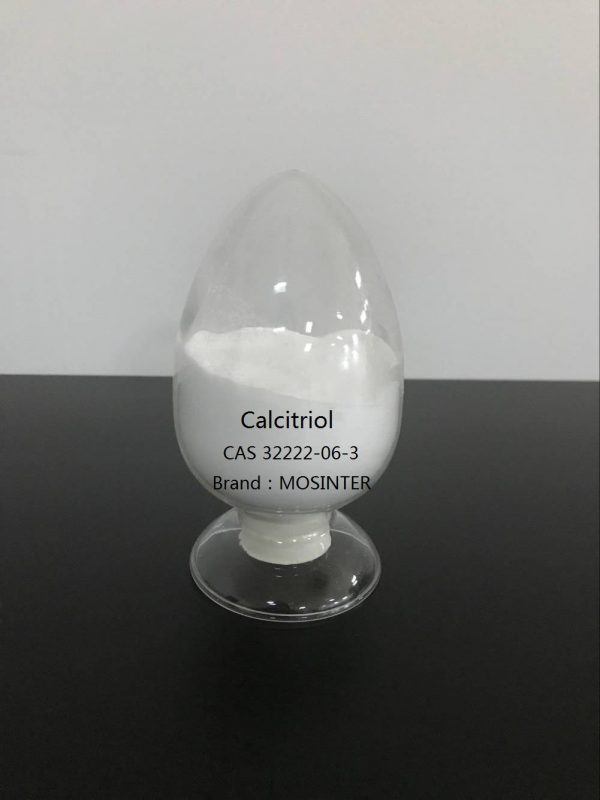
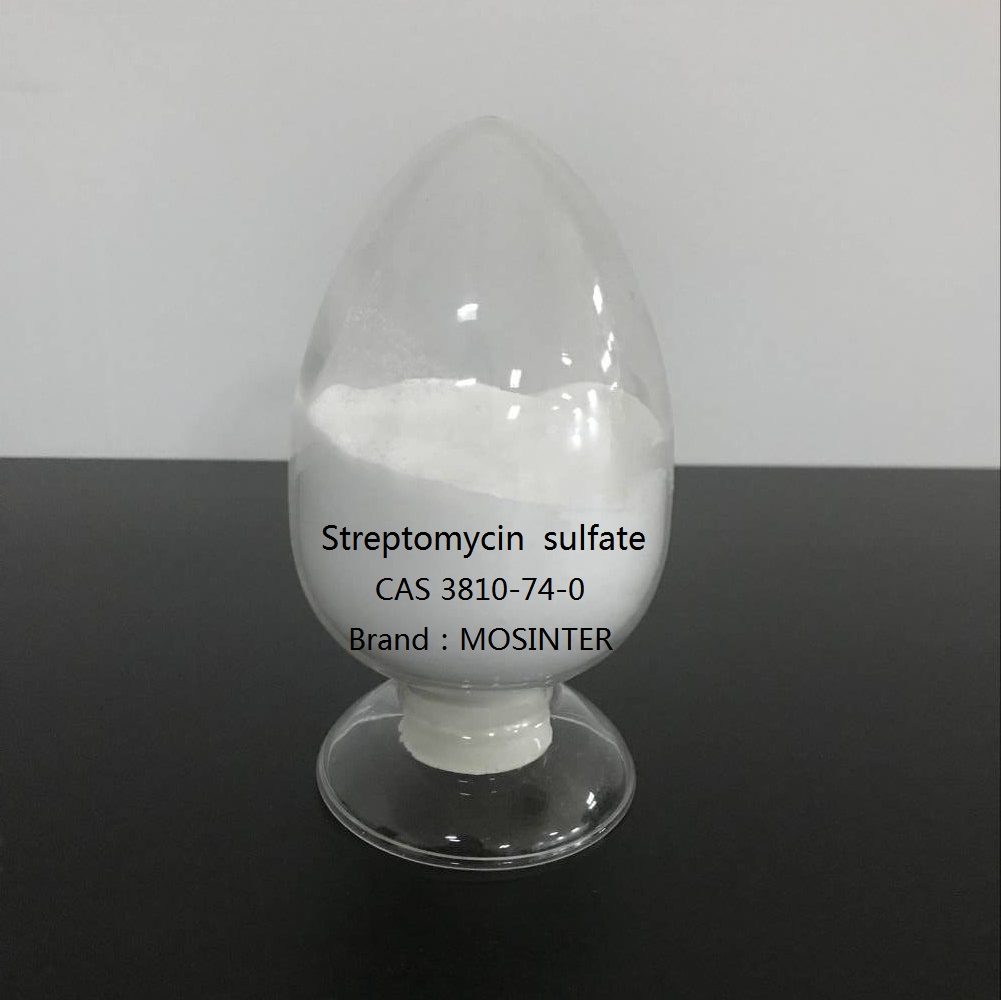
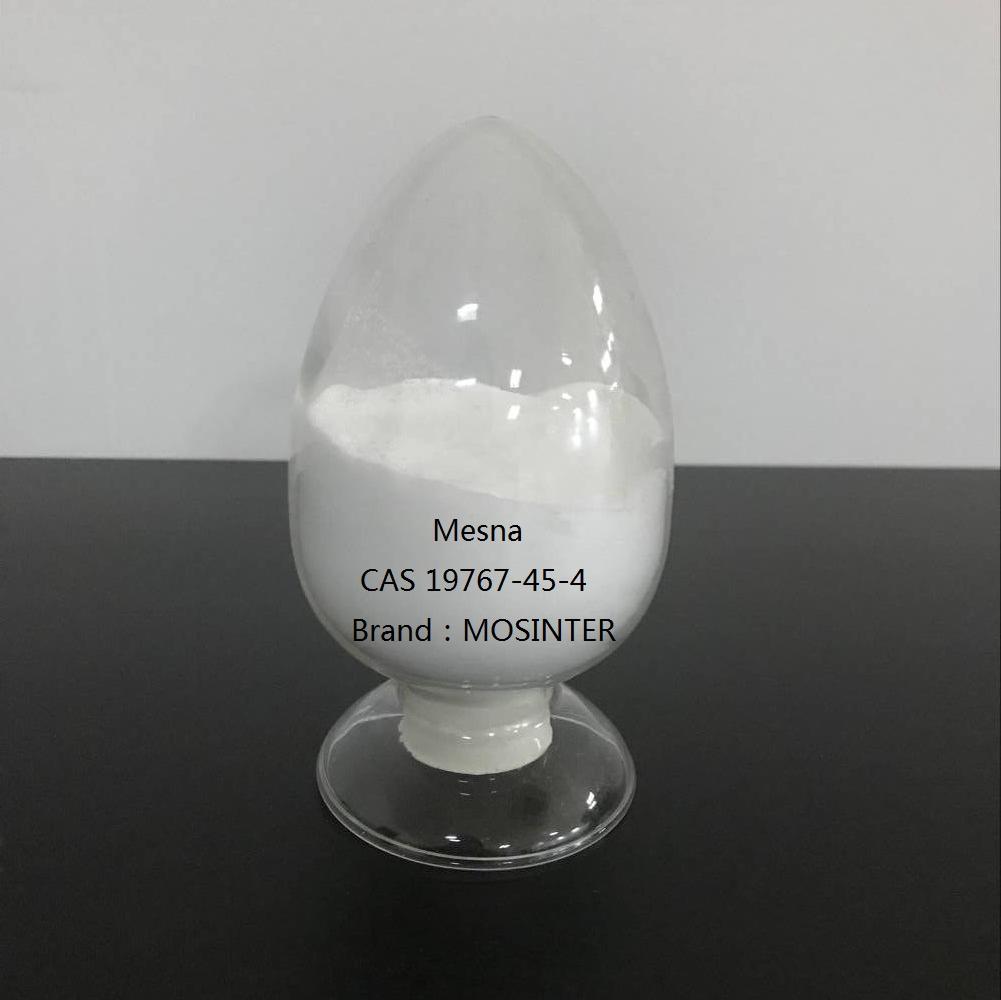
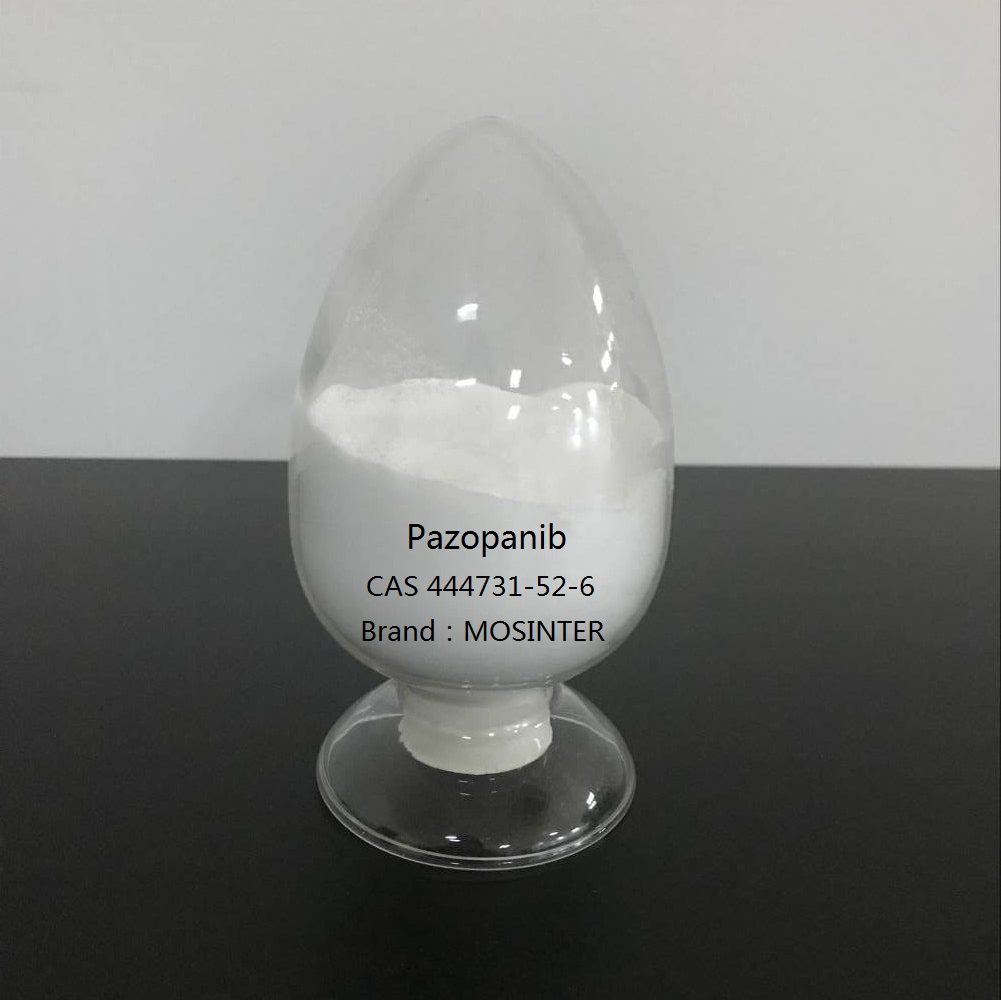
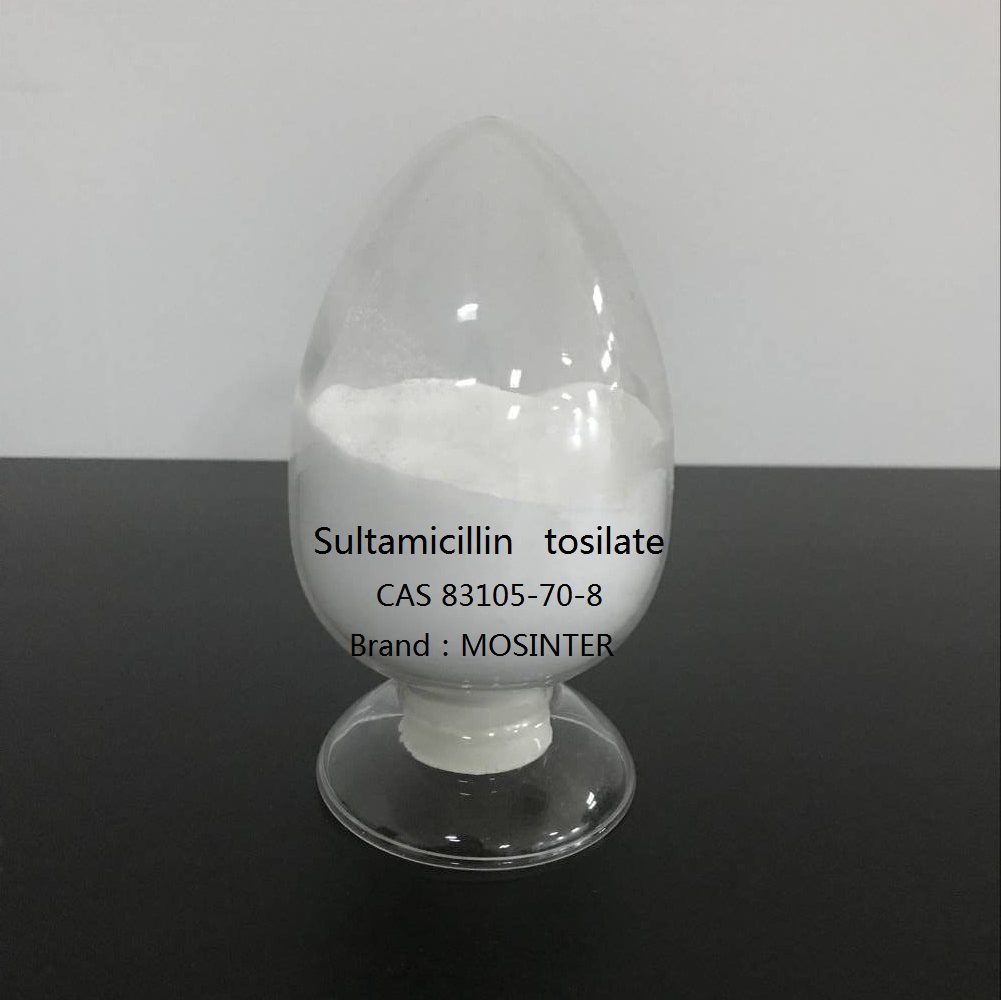
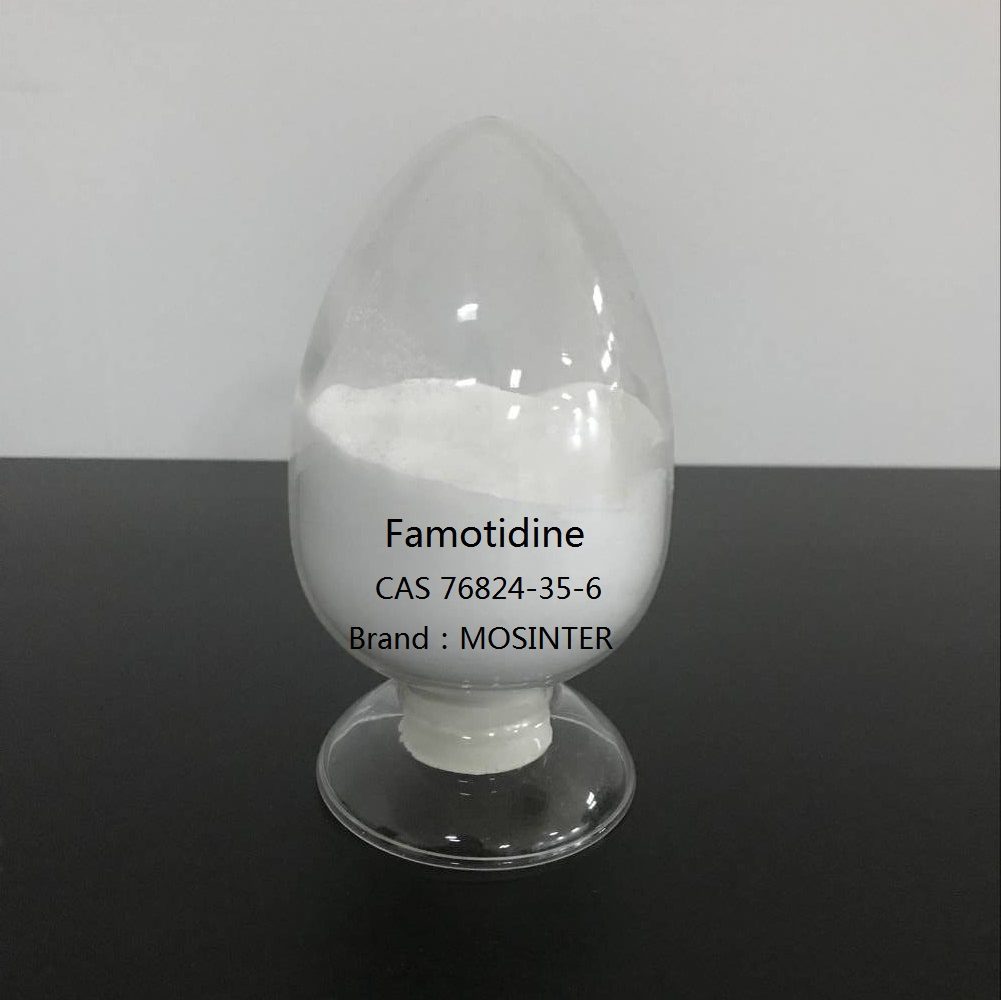
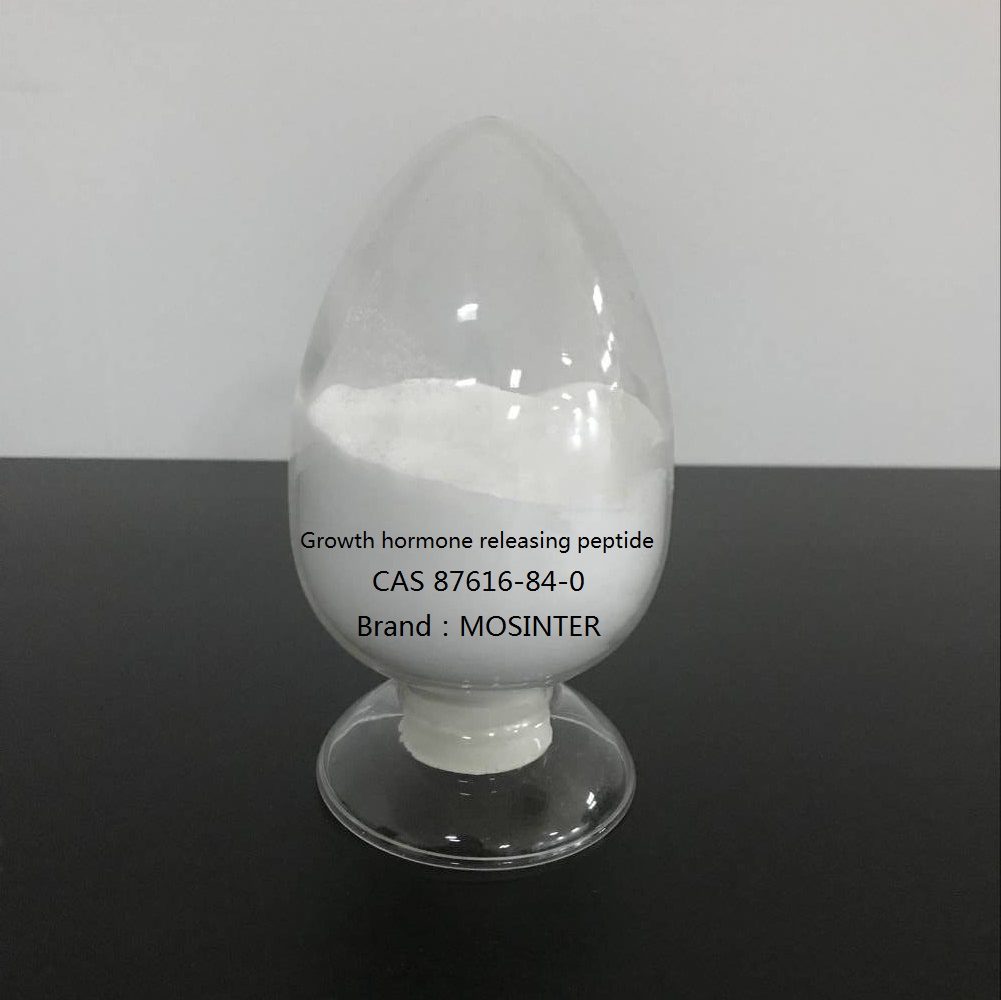
Reviews
There are no reviews yet.